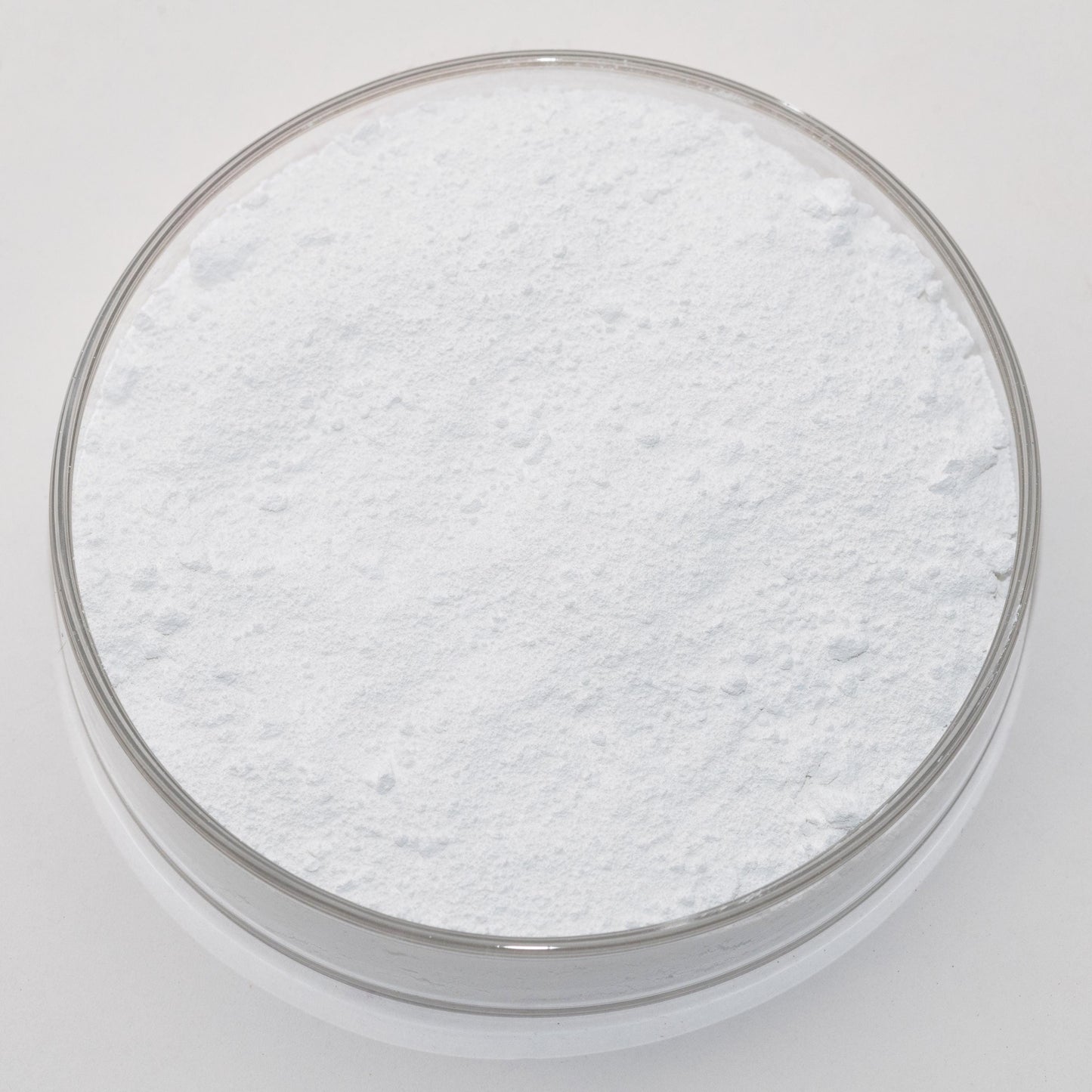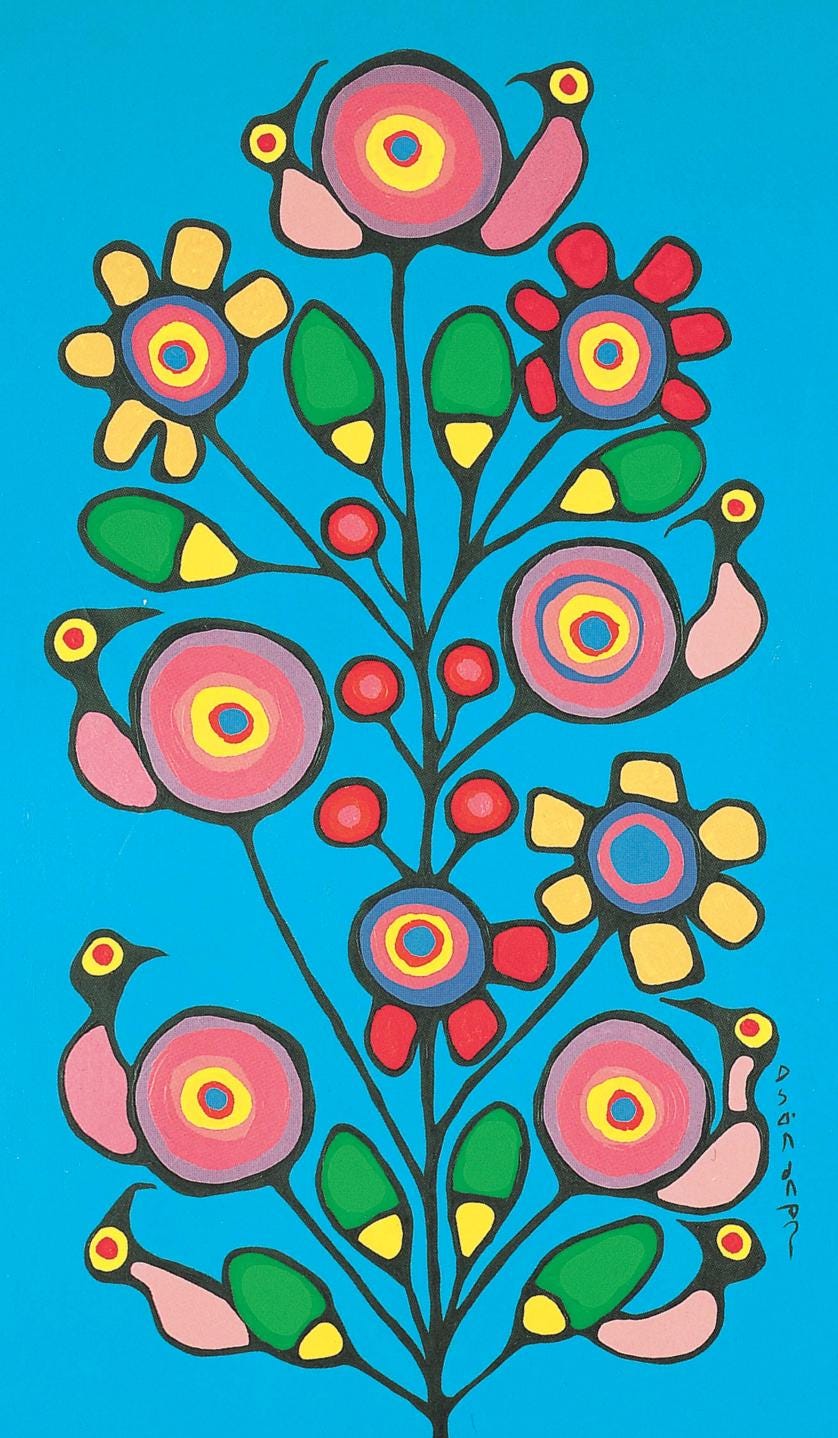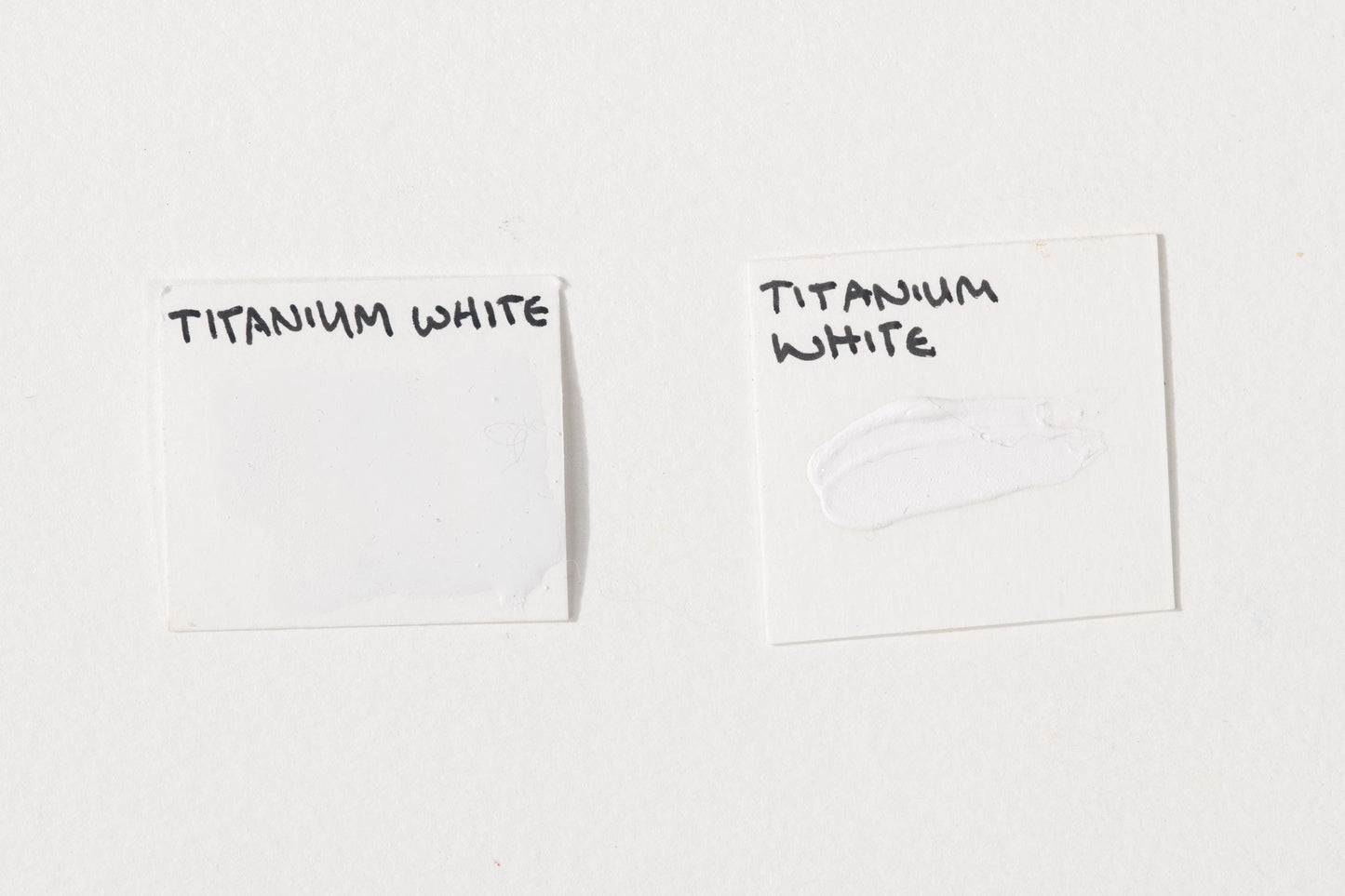Titanium White
Titanium White
Couldn't load pickup availability
Share



Description
Titanium Dioxide (Rutile) is a created single pigment created through a chemical refinement process to produce an ultra-bright, highly stable and covering white. This pigment is prized for its superior opacity, light-scattering properties, and long-term durability. Compared to other white pigments, it offers exceptional coverage, greater resistance to UV degradation, and minimal yellowing over time.
Titanium White has exceptional lightfastness, making it highly durable for both classical and contemporary artwork. It blends seamlessly with other pigments, offering clean, bright highlights and strong mixing properties. Its high opacity allows for superior coverage in oil, watercolor, and tempera applications. Unlike older white pigments such as Lead White or Zinc White, it is less toxic and does not darken over time, making it an ideal choice for artists.
History
White pigments have played a crucial role in art and industry for centuries, with early civilizations using naturally occurring chalks and lead-based whites for painting and decoration.
During antiquity and the Renaissance, artists primarily used Lead White, a highly opaque but toxic pigment. It was essential for oil painting, manuscript illumination, and architectural applications but posed serious health risks.
By the 19th and early 20th centuries, concerns over lead toxicity led to the search for safer alternatives. Zinc White was introduced as a non-toxic replacement but lacked the opacity and durability of Lead White.
In 1916, Titanium Dioxide was first synthesized as a pigment, quickly surpassing all previous white pigments in performance. The rutile form, developed in the 1930s, proved to be the most durable and stable, resisting chalking and yellowing far better than earlier alternatives.
Today, Titanium White is the industry standard for white pigments, used in fine art, industrial coatings, plastics, cosmetics, and more. Its exceptional opacity, lightfastness, and safety have made it an irreplaceable pigment for artists and manufacturers worldwide. In the pictured artwork 'Poppy Tree' by Norval Morrisseau, Titanium White is used in the blue background to create the beautiful blue tint.
Health and Safety
Precautions:
Keep out of reach of children and pets.
Do not consume.
Not for cosmetic or food usage.
Do not spray apply.
For further health information contact a poison control center.
Use care when handling dry pigments and avoid dust formation.
Use particular caution with fibrous, fine, or toxic pigments.
Do not eat, drink, or smoke near dry pigments.
Avoid breathing in pigment dust and use a NIOSH-certified dust respirator with sufficient rating for dry pigment.
Wash hands immediately after use or handling.
If dust is likely, always wear protective clothing to keep out of eyes, lungs, off skin, and out of any contact as well as keep area ventilated.
This product may contain chemicals known by the State of California to cause cancer, birth defects, or reproductive harm.
Warnings and bottle information are abbreviated.
Pigment Information
Pigment Type: Synthetic (Titanium Dioxide) from minerals (Rutile - TiO₂)
Suitable Mediums: Watercolor, Oil, Tempera, Acrylic
Lightfastness: Best
Opacity: Opaque
Other Names: Titanium Dioxide, Rutile White, Permanent White
Color Index Code: PW6
Image: 'Poppy Tree' by Norval Morrisseau from the Glenbow Museum



